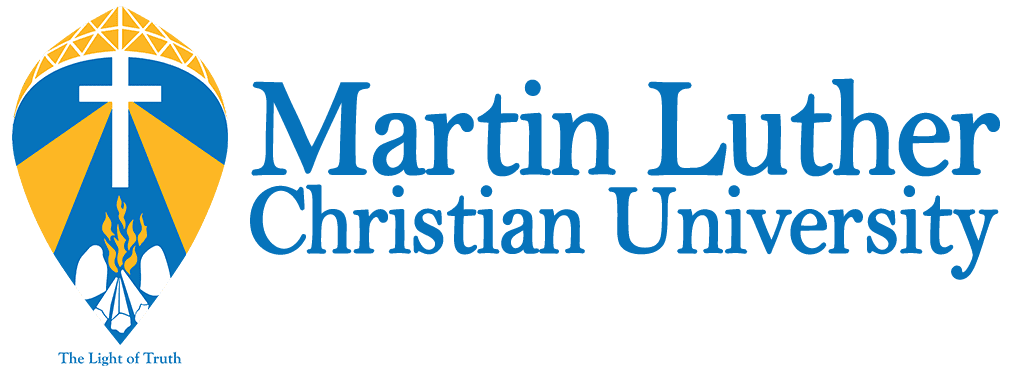Community Centre for Arts, Crafts and Culture
- Home
- »
- Community Centre for Arts, Crafts and Traditional Knowledge
The Community Centre of Art, Craft and Culture introduces to the university the possibilities of looking at academics from a creative angle. Art has always been one of the branches of studies that requires all the different senses to be taken into consideration. It is no surprising that students who participate in art programmes most of the time tend to perform better in other subjects as well. It is also true that art programmes enhance critical thinking and problem-solving skills.
Our centre focuses on hands-on activities that allows for exercising our tactile senses. During the course of the activities we have had, we have noticed that the participants who have not been in touch with their creative self since their school days, shows keen interest to continue. Some of them were able to create works that speaks volumes about the way they feel and see life. In short, our centre aims at nurturing our unique ability to feel and view life from varied perspectives.
Before we start our journey into integrating art into education, we need to understand that there is a need to first appreciate Art.
What is Art? How do we appreciate it?
There is no rigid definition of Art because what it expresses and evokes is in most times ineffable. It is known through the experience of the audience and the intention of the artists so the meaning is made by all the participants and therefore it is not fully known.
Why is there a need to integrate art into education?
As we observe children, we notice that colours and forms attract their attention spontaneously. Also, with adults but more so with children, especially in today’s world where visuals play an important role in our lives. We see that learning is enhanced when images are used as tools for learning.
In ancient times, hunters documented or narrated their experiences in the form of cave art. Most of history is extracted from artefacts such as drawings, murals, sculptures, potteries, seals, manuscripts, coins, architecture, and paintings which are all forms of art. We learn much from these artefacts about the life of people from those times. When images are used as tools for teaching-learning, it enhances the process of understanding and learning.
In the same way, if art as an expression is used in education it will allow for more creative and diverse learning. A hands-on approach will provide students a firsthand feel of the material and medium. Moreover, using simple drawings as a form of expression in their assignments will enhance the quality of the assignment.
Introducing visual arts and crafts to the different disciplines is challenging but it is doable if it is gradual and consistent. Art is part and parcel of our lives and how we integrate it with academic disciplines requires a broader foundation that is open minded.
MLCU and its journey towards the Arts
The University has always been a patron of the arts. “Saindur” Art Festival was the University’s first collaboration with the artist community in 2008 and 2009. Art demonstrations, discussions and exhibitions were held. Red, Gold and Green, an art project with Dutch artists, Iris Honderdos and Arno Peeters was a collaboration with MLCU in 2012.The art installation that resulted from this project can be viewed at the Don Bosco Museum, Shillong. Careen Joplin Langstieh’s first solo exhibition was held in the University in 2013. With no dearth of creativity among the young generation, the initiative to include Art and Culture education bolstered
by the NEP 2020 has resulted in the creation of the Community Centre for Art, Crafts and Culture.
Other than imparting appreciation of the Arts, the Centre plans on having handson learning through workshops with artisans, craftsmen, artists who specialize in print making, installation, plein air, sculpture, painting, bamboo and cane crafts through close observation and interactions with the community or experts. Hands-on learning can range from making art through storytelling and poetry reading to foraging of plants and collecting found objects and self-observation exercises through making self-portraits and also learning the basics of making
graphic novels or comics. In essence, these interdisciplinary activities are “selfhealing” which are constantly evolving toward shaping new dialogues and understanding.
Art Activities
1. Art Appreciation as part of Foundation Course for undergraduates
2. Art and Culture for postgraduates
3. Master in Visual Arts
Course Delivery:
Theory: Lectures, assignments, group discussions, studio interactive sessions
Practical: Studio practice, live studies, creative analysis and reviews with teachers,
external experts, and peers. Site specific public art presentations, outdoor study
and artists’ studio, gallery, museums visits, exchange workshops, exhibition, and
curatorial practices.
Career prospects:
Artist Illustrator of children’s books
Photographer
Animator
Infographics designer
Art director
Art curator
Art teacher
Art therapist
Web designer
